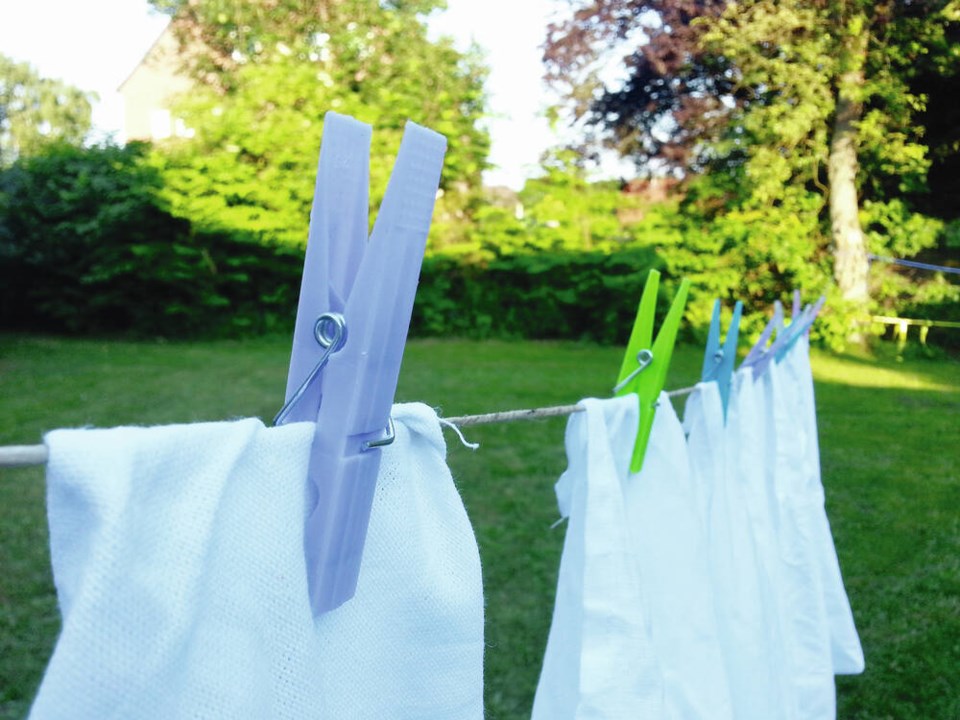Inflation has affected almost every item in household budgets recently, and even with the B.C. government’s promised one-time $100 cost-of-living credit on B.C. Hydro bills, higher utility bills are a cost we have to factor in.
Last summer, natural gas prices in Canada rose to around $9 per gigajoule, much higher than the average $2.90 per gigajoule 91原创s had been paying since about 2016. Some analysts predict costs for home natural gas and electricity will rise between 50 and 100 per cent this winter.
And after December, with its cold snap, holiday celebrations and the resulting increased energy use, January is revealing the ongoing wallet-gutting.
Surely it is no coincidence that National Cut Your Energy Costs Day occurs 10 days into the year, this Tuesday. First established by the 91原创 Energy Efficiency Alliance, the day’s purpose is to help homeowners and businesses identify ways to reduce energy costs and improve efficiency. It is followed a few weeks later by National Sweater Day, on Feb. 4 — a reminder to turn first to extra layers of clothing at home instead of automatically cranking the heat.
Both “special” days are chances for us to think about how we use energy, where it comes from, and what it costs us financially, socially and environmentally. All of those costs are important, of course, but the one that pinches most immediately is the outlay in keeping the lights and heat on.
The following energy-saving tips may be useful. Those that fall into the “choices” and “habits” categories apply to homeowners and, for the most part, renters. Depending on circumstances, both types of residents could also undertake many of the “responsibilities,” while the “investments” are, of course, for those who own their dwellings.
Federal, provincial, municipal and regional grants, rebates and loans are available to help offset the costs of some of the home-improvement investments.
Choices
• Use energy-efficient light bulbs to reduce lighting energy by as much as 80 per cent. They also last much longer.
• Lower the temperature on the water heater to 49° C.
• Plug your TV, DVD player, stereo, computer, printer and so on into smart power strips that you can turn off easily when you’re not using the electronics, and then make a habit of turning them off at night and when you’re out. This can cut your energy bill by up to 10 per cent.
• Throw an extra blanket on the bed.
Habits
• Turn down the thermostats — for most people, 20 C is a reasonable daytime target, and 17 C for nights. Throw on a sweater, extra socks or extra blankets if you’re chilled.
• Turn off the lights when leaving a room.
• Run the dishwasher only when it’s full, and use the air-dry function.
• Run the washing machine only when it’s full. Use cold water and, if you’ll be using a clothes dryer, the extra-spin cycle.
• Clean the dryer lint trap after each use. A clogged lint trap can increase energy use by up to 30 per cent and increases fire risk. Or hang laundry to dry.
• Unplug unused appliances.
• Let hot food cool before you refrigerate it, and don’t overfill your refrigerator or freezer.
• Cook with the microwave, toaster oven, slow cooker or air fryer instead the oven.
Responsibilities
• Service your furnace, and check and replace its filter, every year.
• Replace worn weatherstripping on doors and windows, and close or plug heat leaks such as mail slots, attic hatches, fireplace dampers, windows, holes in exterior walls for pipes, cables and electrical sockets, outdoor taps, dryer vents and chimneys.
• Clean baseboard heaters, fans and vents. They’ll run more efficiently, and indoor air quality will be better.
Investments
• Replace old windows with new energy-efficient windows.
• Replace old appliances with new energy-efficient appliances. Upgrade your conventional oven to a convection oven.
• Install a heat pump.
• Install programmable thermostats — and program them to keep the heat low at night and during days when everyone’s at school or work.
• Improve your insulation.
• Install good window coverings to help manage the heat entering and escaping your house.
• Switch from oil heat to electric.
• Have an energy audit done on your home to identify the easiest upgrades and those that will most improve your home’s energy efficiency and lower your utility bills.
• If possible, plant conifer trees on the north edge of your yard to reduce the windchill effect on your home and deciduous trees on the south side to provide sun exposure in winter and shade in summer. Obviously, the benefits here will take years to materialize.
These are just a few ideas. What tips do you suggest?
>>> To comment on this article, write a letter to the editor: [email protected]



